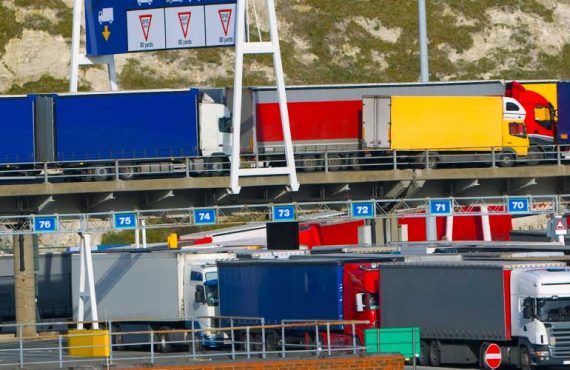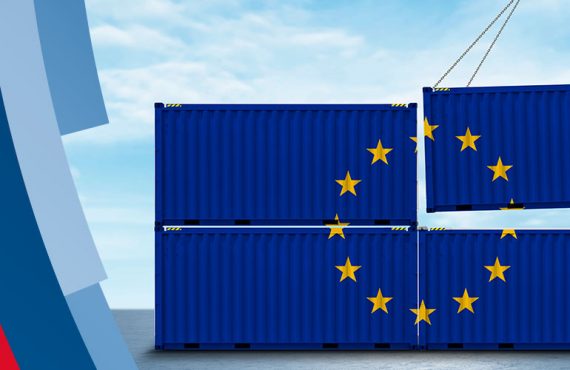US Customs and Border Protection (CBP) are tightening enforcement on pest-contaminated wood packaging materials (WPM), and exporters need to act now to protect their US customers from serious cost and compliance consequences. Wood packaging — including pallets, crates, cases, bracing and
On October 14, 2025, a major change in customs has been implemented: the H1 System replaces the old SAD (Single Administrative Document) for imports in Spain and throughout the European Union. Why? Because the goal is to make everything more digital,
France will withdraw Regime 42 from 1 January 2026, removing the VAT simplification that allows goods to enter France without import VAT when they are destined for another EU member state. This change has received limited publicity, but it will
The United States has long been the prize market for fashion brands and retailers seeking international growth. Its scale, consumer appetite and trendsetting culture make it integral to global strategies; the recent policy changes, however, have reshaped and complicated the
On October 14, 2025, a major change in customs is coming in customs: the H1 System will replace the old SAD (Single Administrative Document) for imports in Spain and throughout the European Union. Why? Because the goal is to make everything
The introduction of sweeping new US tariffs this month marks a decisive shift in global trade policy, creating fresh challenges for importers and exporters worldwide. Yet, for those positioned to leverage the recently finalised US–EU trade agreement, the disruption also brings
A major change is coming to the way products are traded and tracked across the EU and businesses that fail to prepare could face serious compliance challenges. The Digital Product Passport (DPP) is being introduced as part of the EU’s
As regulatory demands increase across global trade, compliance isn’t just a box-ticking exercise, it’s a competitive advantage and nowhere is this more evident than in the U.S., where import rules are shifting once again. Among the most significant developments is
In the space of just two weeks, the UK has concluded new trade agreements with the European Union, the United States, and India. While these are designed to ease trade frictions and promote growth across many sectors, they also carry particular
European exporters selling into the US on DDP (Delivered Duty Paid) terms are being urged to look beyond the headlines surrounding the recent China-US tariff “pause,” as many underlying duties remain firmly in place and could trigger unexpected costs. The 90-day









